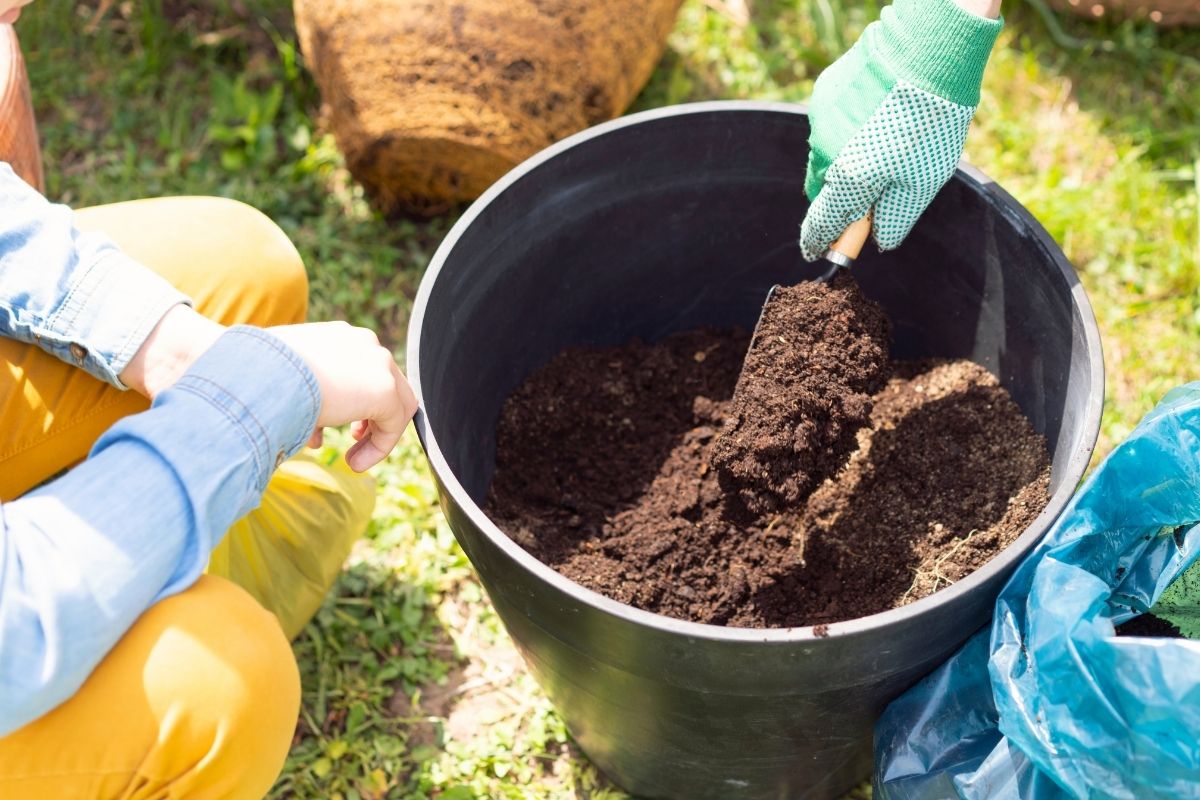
Starting Bare Root Perennials
Grab a garden trowel and an empty container, it’s bare root perennial season. Perennials are long-lived plants that die back in the fall, go dormant in the winter and return to grow each spring becoming flourishing summer plants. Bare root perennials are in their dormant phase with the soil removed. Once planted, they’ll wake up and start growing with the seasons. The benefit of choosing bare root perennials as starter plants is that they can handle cooler temperatures, quickly establish themselves, and grow into bigger plants in a shorter period of time. They are a budget-friendly way to grow a wide assortment of cultivars and varieties.
You can find Florissa bare root perennials at your local garden centre. Packaged in peat moss or wood shavings, bare root perennials come with a picture of the plant they’ll grow to become. Shop early for the best selection. Unlike a seed that can wait to be planted, the root is ready to grow.
Unpack bare roots right away and look them over. They should look healthy, plump, and firm. Most bare roots appear dormant and relatively dry, but some may show the start of a green growing tip. Since bare roots are packaged in advance and kept in cold storage, sometimes light surface discoloration may appear on the root. This is not unusual, and it is not harmful. Provide good air circulation and any surface discoloration should quickly disappear.
For best results, plant bare roots right away. As soon as the soil can be worked, you can plant them. If you’re not ready to plant in the ground, tuck roots back into the medium in the package and store it in a cool, dark place, 2-4 °C (35-40 °F). If you don’t have a garage, try the refrigerator crisper. Lightly mist the peat moss with water to provide a little moisture.
You can also plant bare roots in containers rather than directly into the ground. Starting them in a cold frame greenhouse or unheated porch, you can better protect them from freezing and control how much water they receive. Choose a container with lots of room for the roots to spread out, such as a 1 gallon container with drainage holes.
Soak the roots in lukewarm water for an hour before planting. This rehydrates the root and helps it to establish itself more quickly.
Fill the pot more than halfway with moistened coarse potting soil mix. If there is a growing tip on the root, plant it so that the growth sits at or just below the soil level. If the root appears dormant and there is no growing tip, plant the crown of the root 2.5 cm (1”) below the soil surface. When planting, fanning or spreading out fibrous roots can encourage new growth, but with a single descending taproot this is not necessary. Add more soil, firming it in and around the root, but not compacting it too tightly. Fill in the rest of the container with soil.
Water well to eliminate air pockets and settle the soil after planting. Keep the soil damp but not soggy until active growth appears above the soil. Check with your fingertip an inch below the soil surface; if it feels moist to the touch, hold off watering. Water lightly and only to keep the soil mix from drying out.
Avoid using slow-release fertilizer in the soil at this stage. When young plants reach 10-15 cm (4-6”) in height, you can begin to apply liquid fertilizer. Newly planted bare roots are unable to absorb fertilizer while establishing feeder roots.
Place containers so that they are kept cool, but above freezing, 8-12 °C (48-55 °F), and avoid exposure to soaking rains. Cold and soggy wet conditions can cause a bare root to decay. Provide lots of bright, indirect light, but avoid hot situations.
Signs of active growth should appear in about 2-3 weeks. Some bare root perennials take a little longer to break dormancy. Asclepias tuberosa, or Butterfly Love, is one perennial that breaks dormancy late, so be patient and expect something wonderful to happen.
Once perennials start growing, set them outdoors in a sheltered spot as temperatures warm. Transplant them into permanent garden locations a few weeks later. Water on a weekly basis, soaking the roots especially on hot summer days and during periods of drought. During the first year, as perennials establish themselves you may see limited blooms. The reward is well worth the wait, and a promise of beauty for many years to come.
Comments:
Sorry, the comment form is closed at this time.



Marvel. Heim
This is the daylily I have been looking for. Is it possible to purchase it. (Here Lies Butch) Please reply!!!